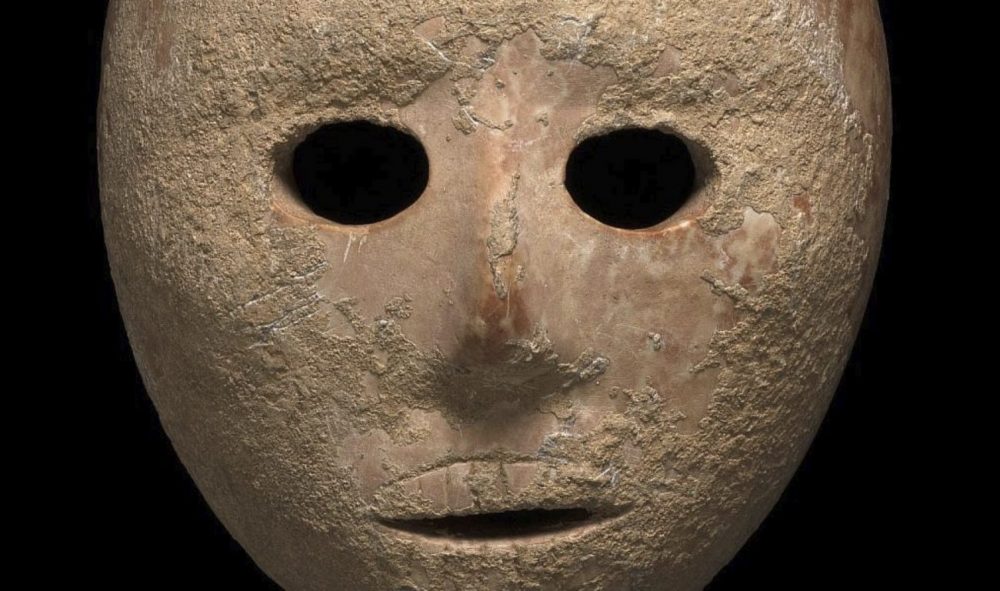Archaeologists have unearthed new evidence of the Assyrian military campaign against Judaea, revealing the destruction of a key administrative building in Jerusalem dating back to the eighth century BCE. This discovery provides a deeper understanding of the events surrounding the Assyrian siege of Jerusalem in 701 BCE, an event long documented in both biblical and ancient historical records.
The Assyrian Siege of Jerusalem in 701 BCE
The Assyrian Empire, under the reign of King Sennacherib, launched a military campaign against Judaea after King Hezekiah refused to pay tribute. Sennacherib’s forces conquered much of the region but failed to take Jerusalem. According to biblical accounts, “divine intervention saved the city”, while Assyrian records indicate that Hezekiah paid a large tribute to prevent further destruction. This siege is one of the best-known military events from ancient history and has been widely studied by scholars.
The archaeological site, located in the Mordot Arnona neighborhood of Jerusalem, reveals the remains of an ancient administrative center that was crucial to the economic structure of the Judaean kingdom. Jars with inscriptions, discovered at the site, indicate that the building was used for collecting taxes for King Hezekiah. According to the excavation director Neria Sapir of the Israel Antiquities Authority (IAA), these taxes were likely paid in agricultural goods such as olive oil.
Destruction of the Building during the Assyrian Campaign
During Sennacherib’s invasion of Judaea, the Assyrian forces destroyed the administrative building, reducing it to rubble. Archaeologists found large foundation stones deliberately placed on top of the ruins, suggesting that the destruction was an intentional act by the Assyrian Empire to assert its dominance. The highly visible rubble would have served as a political message to the surrounding regions.
In the seventh century BCE, the building was rebuilt, and the jars were once again used for tax collection. However, the inscriptions on the jars from this period show that the taxes were now being collected for the king of Assyria rather than for the Judaean ruler. Although Hezekiah remained in power, this evidence suggests that Assyria had taken control of Jerusalem’s economic and administrative functions.
This discovery is significant because it provides concrete evidence of the Assyrian campaign’s impact on the political and economic landscape of ancient Jerusalem. The findings highlight how the Assyrian Empire maintained control over conquered territories not only through military power but also by reorganizing local administrative structures. The use of taxation as a tool of control is a key insight into how empires of the ancient world asserted their dominance.







![A piece of decorated ivory retrieved from the ruins. [PHOTO/XINHUA]](https://curiosmos.com/wp-content/uploads/2024/12/A-piece-of-decorated-ivory-retrieved-from-the-ruins.-PHOTO-XINHUA-350x250.jpeg)



